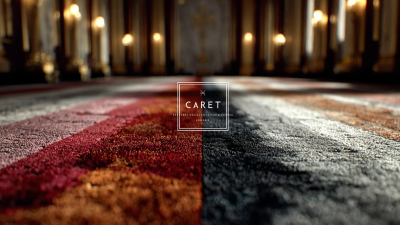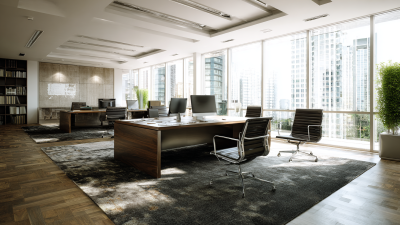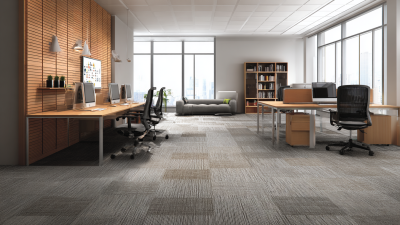
-
Home
-
About Us
-
Products
-
News
-
Blog
-
Contact Us
Leave Your Message

When it comes to enhancing the aesthetic appeal and functionality of your home, choosing the right flooring is crucial, and Loop and Pile Carpet stands out as a versatile option. According to recent industry reports, the global carpet market is projected to reach approximately $41 billion by 2025, with demand for Loop and Pile Carpet increasing due to its durability and contemporary designs.
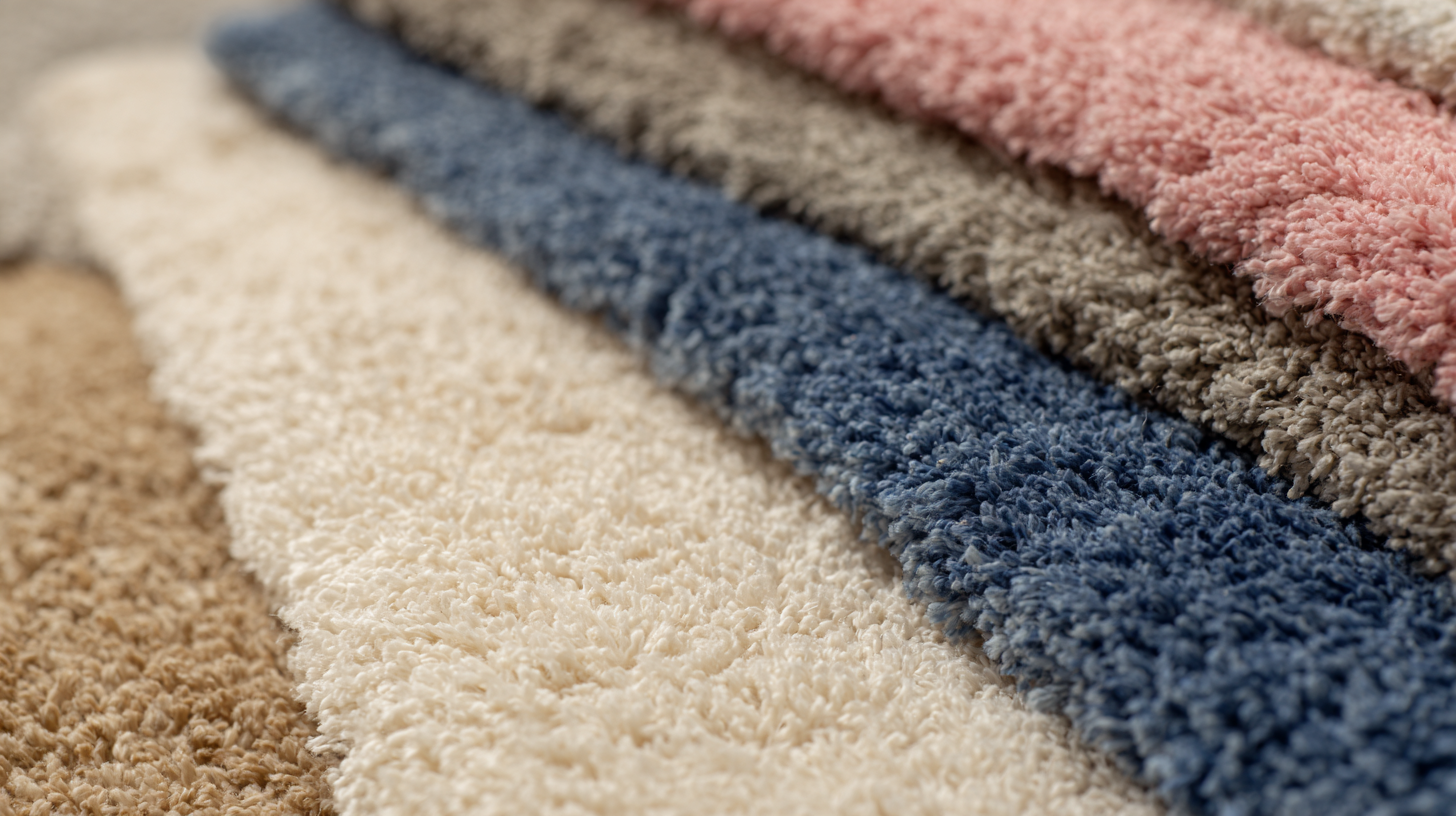
Loop carpets, known for their tight-knit fibers, provide a sleek, modern appearance while resisting wear and tear. On the other hand, Pile carpets, characterized by their plush texture, offer unparalleled comfort and warmth. Understanding the unique qualities of these carpet types, alongside factors such as traffic levels and design preferences, is essential for making an informed decision. This guide aims to simplify the selection process, ensuring that your choice complements both your decor and practical needs effectively.
When selecting the right carpet for your home, understanding the differences between loop and pile carpets is crucial.
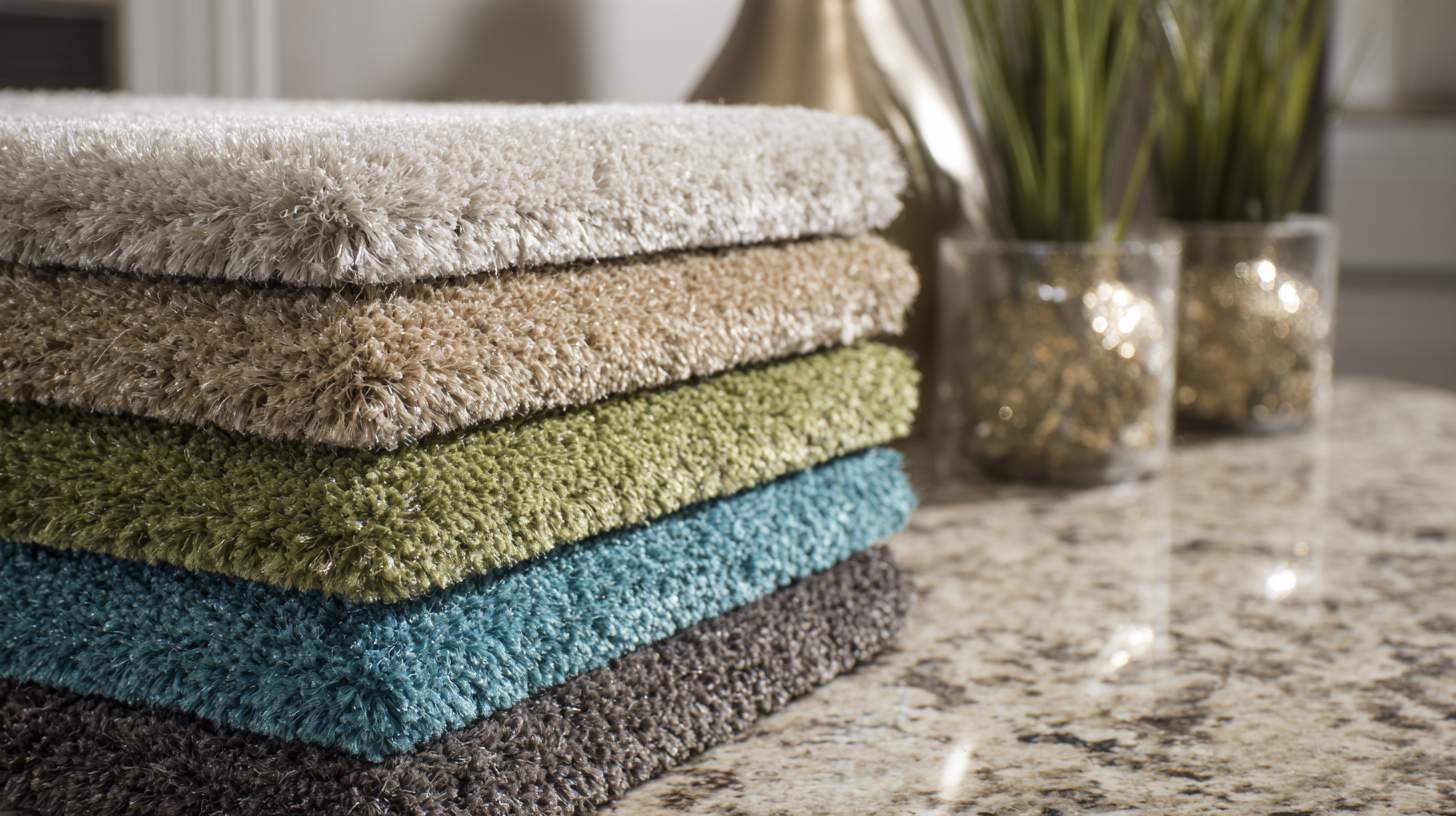 Loop carpets feature fibers that are woven in a loop, providing a textured surface that is both durable and low maintenance. This type of carpet is ideal for high-traffic areas, as it tends to resist crumbling and retains its appearance over time. Additionally, loop carpets, often referred to as Berber, can offer a casual aesthetic that works well in various design schemes.
Loop carpets feature fibers that are woven in a loop, providing a textured surface that is both durable and low maintenance. This type of carpet is ideal for high-traffic areas, as it tends to resist crumbling and retains its appearance over time. Additionally, loop carpets, often referred to as Berber, can offer a casual aesthetic that works well in various design schemes.
On the other hand, pile carpets come with cut fibers that create a plush and soft surface, contributing to a luxurious feel underfoot. This texture provides a comfortable experience but may require more upkeep, especially in areas where dirt and debris are more likely to accumulate. While cut pile carpets can be more prone to wear and tear in heavy-use spaces, they are available in a range of pile heights and styles, allowing for a customizable look that can enhance your home decor. Choosing between these two types depends largely on the specific demands of your living environment and your personal style preferences.
When selecting the perfect loop and pile carpet for your home, understanding the different fiber materials is crucial for achieving optimal comfort and durability. Wool, known for its natural resilience, provides a soft and luxurious feel underfoot. It has excellent moisture-wicking properties, keeping your space dry and reducing the likelihood of mold growth. Additionally, wool is a sustainable choice, as it is biodegradable and renewable, making it an eco-friendly option for those who are mindful of their environmental impact.
Nylon, on the other hand, is a synthetic fiber that offers exceptional strength and resistance to wear. This makes it ideal for high-traffic areas in your home, as it maintains its appearance longer than other materials. Nylon carpets are also available in a wide range of colors and styles, allowing for greater flexibility in design. Polyester is another synthetic alternative that is valued for its affordability and vibrant color options. While it may not be as durable as nylon, polyester is soft and resistant to stains, making it a practical choice for families with children or pets. By weighing the benefits of these materials, you can make an informed decision that aligns with your decor needs and lifestyle.
| Carpet Type | Fiber Material | Durability Rating | Comfort Level | Price Range (per sqft) |
|---|---|---|---|---|
| Loop Carpet | Nylon | 5/5 | Moderate | $2.50 - $5.00 |
| Pile Carpet | Wool | 4/5 | High | $4.00 - $10.00 |
| Loop Carpet | Polyester | 3/5 | Soft | $1.50 - $4.00 |
| Pile Carpet | Nylon | 5/5 | Very High | $3.00 - $7.00 |
When choosing the right loop and pile carpet for your home decor needs, measuring the room size and understanding traffic patterns are crucial steps that can greatly influence your selection. The dimensions of your space play a significant role in determining the type of carpet that will work best. Larger rooms might benefit from extensive carpet patterns that create a sense of cohesiveness, while smaller spaces may require lighter, more streamlined options to avoid a cramped feeling.
Moreover, traffic patterns are essential to consider as they dictate how much wear and tear your carpet will endure. High-traffic areas, such as hallways and living rooms, necessitate durable loop carpets that can withstand constant movement without showing signs of damage. In contrast, lower-traffic areas may allow for plush pile carpets that offer comfort and style without the same level of concern for longevity.
By strategically assessing both room size and traffic patterns, you can choose a carpet that not only enhances your home decor but also meets the practical demands of your lifestyle.
When selecting loop and pile carpets for your home, understanding the maintenance requirements is crucial for longevity and cleanliness. Research indicates that loop carpets tend to be more durable since their design creates a stronger yarn structure. According to the Carpet and Rug Institute, loop carpets can resist stains and wear better than cut pile carpets, making them suitable for high-traffic areas. Regular vacuuming and professional cleaning every 12 to 18 months can further extend their life, ensuring they maintain their appearance for years.
On the other hand, while pile carpets offer a softer and plusher feel, they generally require more maintenance. A study from the International Journal of Consumer Studies showed that cut pile carpets are more susceptible to showing dirt and stains. It is recommended to employ specific cleaning methods, such as steam cleaning, at least once a year to mitigate deep-set dirt and prolong the carpet's lifespan. Therefore, evaluating your lifestyle and traffic levels in various zones of your home can help determine which carpet style aligns with your cleaning commitments and overall decor aesthetic.
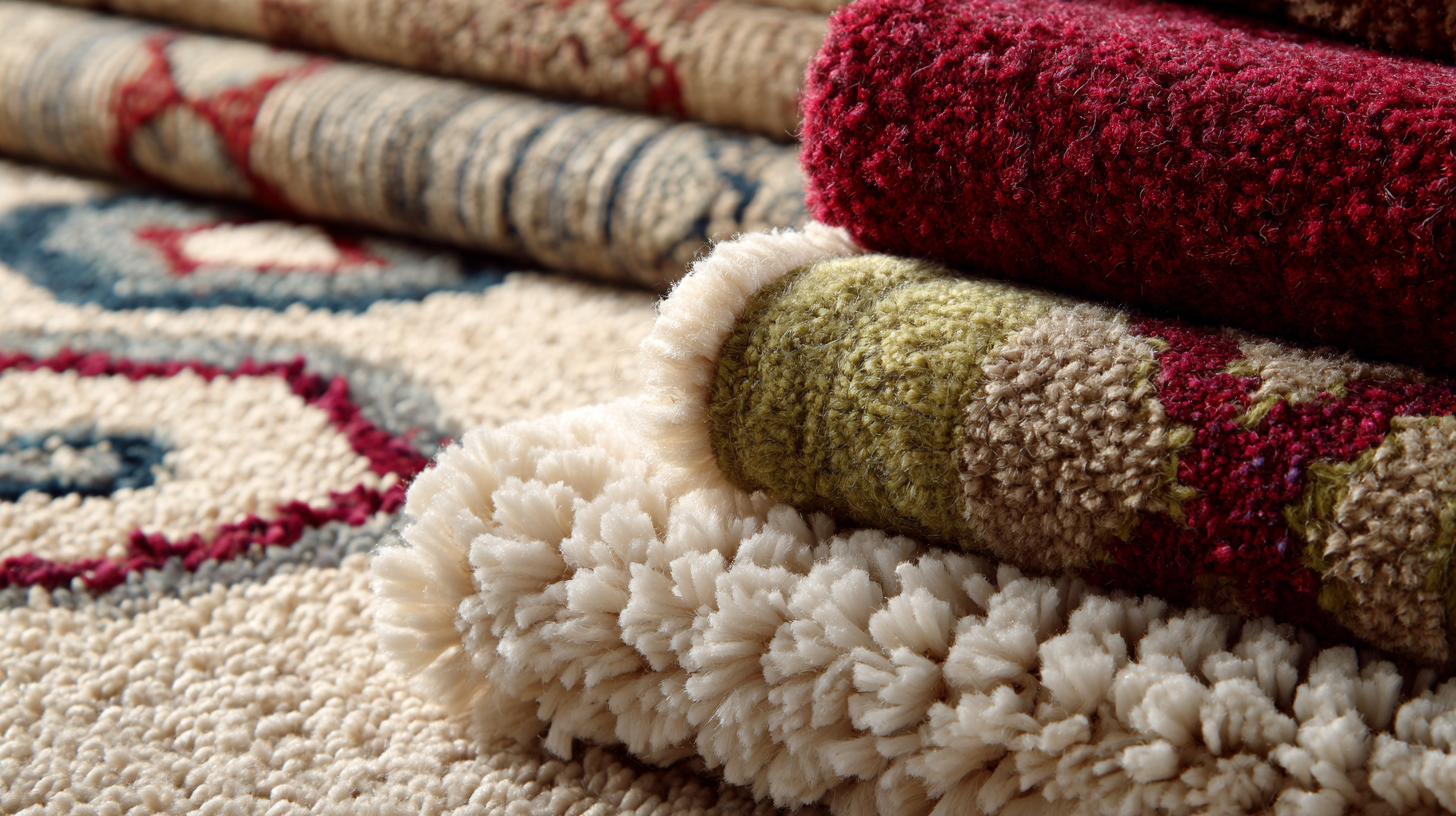
When selecting loop and pile carpets, color and design are paramount in achieving harmony with your home decor themes. According to the 2022 Carpet & Rug Institute report, a staggering 70% of homeowners believe that the right carpet can significantly elevate the aesthetic appeal of their spaces. Colors should not only complement existing furnishings but also enhance the overall mood of a room.
For instance, earthy tones like taupe and moss green can create a tranquil environment, making them ideal for bedrooms or home offices. In contrast, bold colors such as deep blues or vibrant reds can serve as statement pieces in living areas, drawing attention and creating a dynamic focal point.
Furthermore, understanding the interplay between carpet texture and style is crucial. The 2023 Home Decor Trends report indicates that plush pile carpets are favored in cozy, traditional settings, while loop carpets often align better with modern, minimalist designs due to their structured appearance and durability.
When choosing carpets, it’s essential to consider both the aesthetic impact and the practical benefits they offer. With the right combination of color, design, and texture, your carpet can not only enhance your decor but also provide comfort and resilience for years to come.
